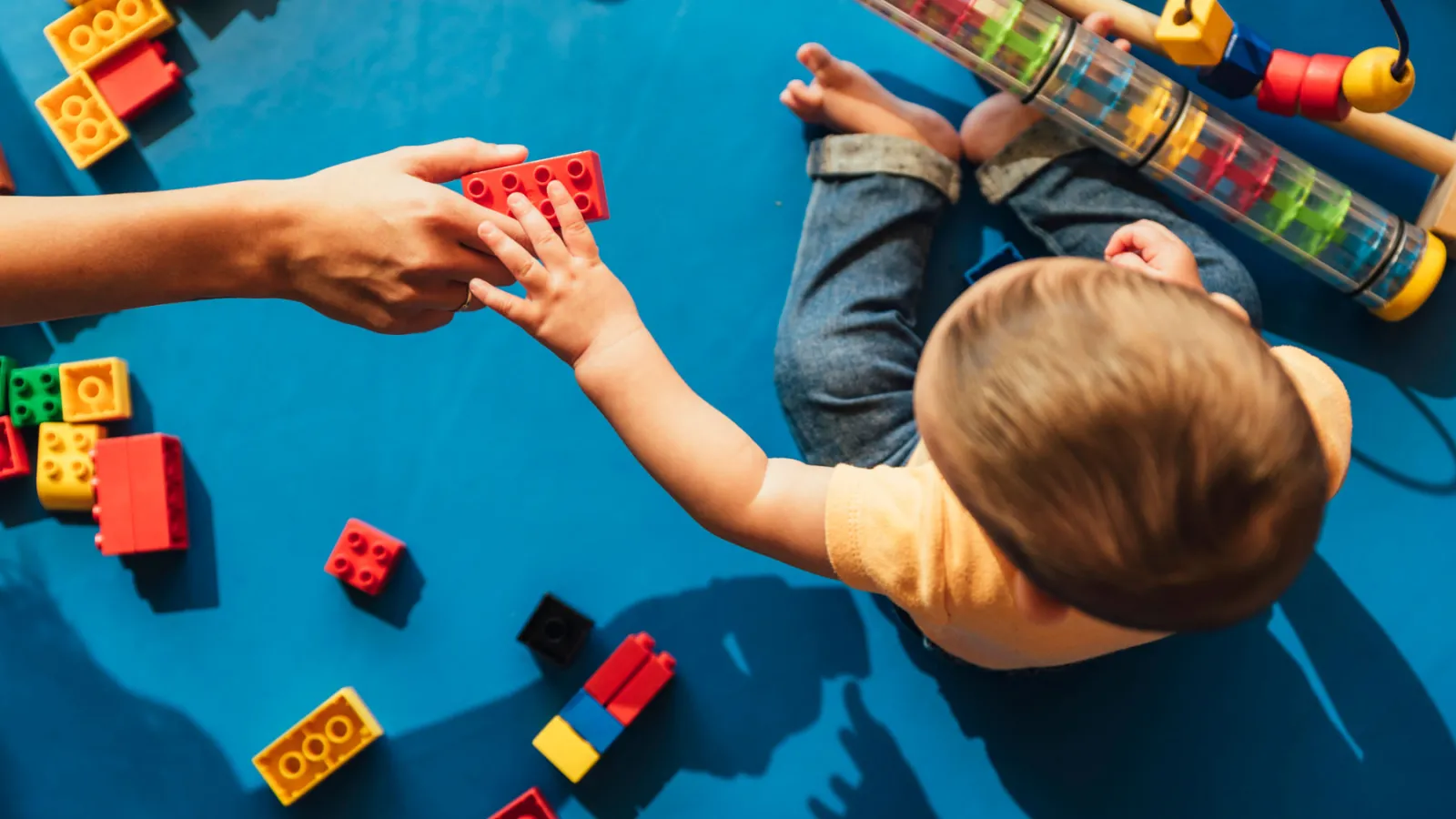Banner

Title
resources
Resource Library
Our Resource Library contains materials and assistance for early childhood educators and those they serve. Explore our selection of podcasts, tip sheets, websites, documents, and self-study courses.
Results: Page 37 of 42
| Resource Name | Description | Resource Type |
|---|---|---|
| The Difference Between IEPs and 504 Plans | Both Individualized Education Programs (IEPs) and 504 plans can offer formal help for K–12 students with learning and attention issues. They’re similar in some ways but quite different in others. This chart compares them side-by-side to help you understand the differences. | Document |
| The Difference between Typical Anxiety and an Anxiety Problem | All children feel anxious from time to time. Children with learning and attention issues are more likely to struggle with anxiety. How can you tell whether a child’s anxiety is typical and appropriate or something to be worried about? | Document |
| The Family Child Care Setting--Meeting Varying Needs | Guest Vicki Thrasher Cronin joins us again to discuss how to meet the needs of unique learners as well as those children with differing physical needs in the family child care setting. Family child care supports varied needs in that it already provides multi-age learning experiences. How do those connect to planning for care of a child with special needs? | Podcast |
| The Family Child Care Setting--Setting Up the Environment for Success | Guest Vicki Thrasher Cronin gives strategies to provide a family child care environment to care for and educate children with special needs. She shares the essentials of creating an accepting and inclusive environment that supports children of all abilities. | Podcast |
| The Fundamentals of Consultation [Muhiimadda ay Leedahay Tala Qaadashada] | Muxuuyahay tababarka ama latalinta xagga Inclusion’ka ama kamidnoqoshada ay caruurtu carruurta kale lamid noqonayso iyo sida ay faa’iido ugu tahay caruurta xanaanada ubadka yaryar lagu hayyo jooga oo baaahida gaarka ah leh? Podcast’kaan waa podacast ama maqaalka uguhoreeya maqaalada xirrirka ah oo laxirrira arinta tababarka ama latalinta xagga caruurta sida ay kuwa kale oga mid noqon lahaayeen. | Podcast |
| The Genius of Play | Play is more than just fun and games—it helps children build a range of developmental skills that will serve them throughout their lives. | Website |
| The Hiring Chain | "By hiring someone with Down Syndrome, you start a virtuous chain. The more that people with Down Syndrome are seen at work, the more they'll be recognized as valuable employees, and the more they'll be hired. Do your part, start the #HiringChain." Enjoy this video featuring Sting! | Website |
| The Impact of Parental Incarceration on Young Children | Examine the impact of parental incarceration on early childhood development, focusing on emotional, social, cognitive, and behavioral effects. Explore changes in family dynamics, caregiver challenges, financial strain, and children's trauma responses. Apply trauma-informed care strategies to build resilience, support stability, and reduce negative outcomes.The content of this self-study was written by Kamyala Howard, MSW, LICSW in partnership with CICC with funds provided by Greater Twin Cities United Way (GTCUW) 80x3 - Resilient from the Start.Knowledge and Competency Framework AreasI: Child Development and Learning (2 Hours)III: Relationships with Families (2 Hours)IX: Trauma Informed Care (6 Hours)CDA Content AreasContent Area III: Positive ways to support children’ social and emotional development (6 Hours)Content Area IV: Strategies to establish productive relationships with families (2 Hours)Content Area VIII: Principles of Child Development and Learning (2 Hours)Level 2 – ImplementsNew Navigation Tools:This self-study does not have audio available at this time.For optimal performance, please access this course from a computer or tablet.Click on the black box with 2 white arrows to view the self-study in Full-Screen Mode.Click on the black box with white eyeglasses to view the self-study in Accessibility Mode.Thanks to a generous grant from Greater Twin Cities United Way 80x3 we are able to offer 10 hours of training credit for this self-study FREE OF CHARGE! For ten clock hours on your Learning Record, please register online at Develop. Then, complete a 500 word reflection paper and submit this document with your reflection. Please note: You have access to this document as view only. To enable editing, download the document. Click "file" then "download as" in the upper left-hand corner of this screen. This will give you the option to open the document as a Word doc on your own computer. Then, you can complete the information and email it to: credit@inclusivechildcare.org.Let's Begin! Self-Study Course Units: | Course |
| The Impact of Parental Incarceration on Young Children | This tip sheet explores the impact of parental incarceration on children’s mental health, behavior, and family stability. It also highlights research findings, signs of trauma, and practical strategies to support children and families facing this challenge. | Tipsheet |
| The Playground Where Babies Learn to Talk | A campaign to encourage brain development is using parks to deliver its message to children and their caregivers. | Website |
Results: Page 37 of 42